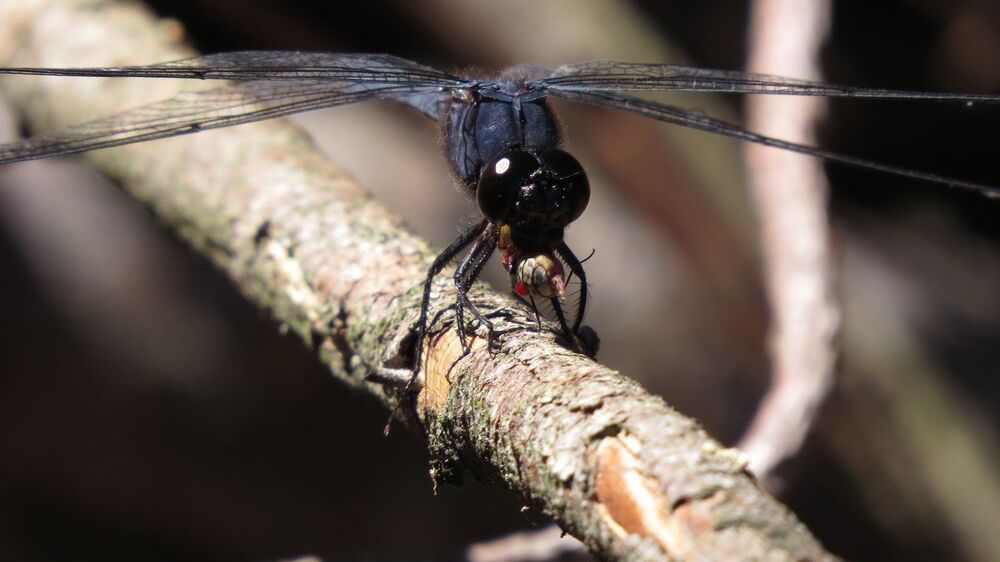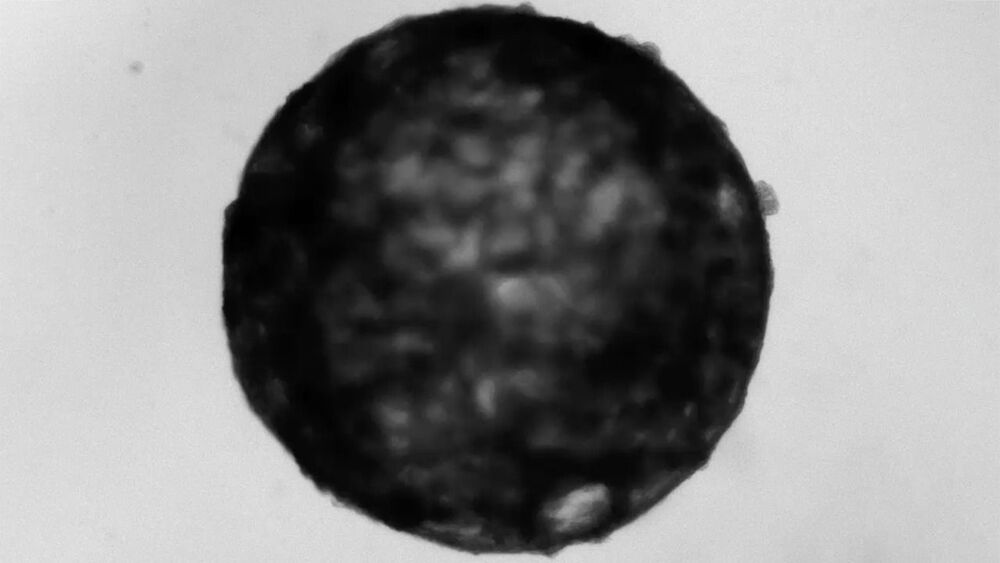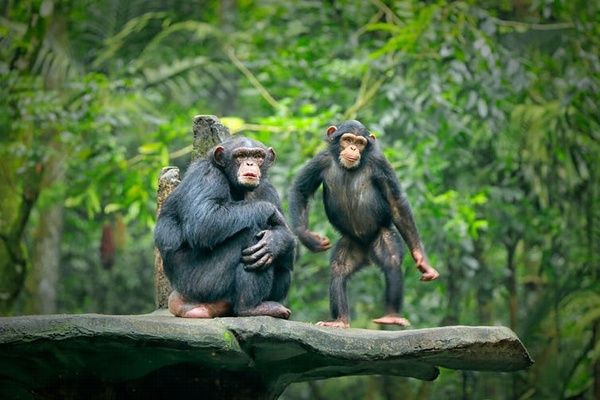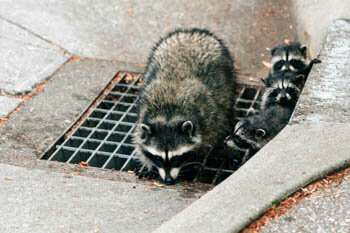How does Unreal Engine 5 manage to stream such amounts of data? The answer is World Partition.


How does Unreal Engine 5 manage to stream such amounts of data? The answer is World Partition.

In 2019, the European Union banned chlorpyrifos, allowing three more months of use. Canada’s three-year phaseout risks ongoing harms, as well as dumping of this product on our market.
Back in 2000, Canadian politicians spoke up against commonly used lawn and household chlorpyrifos products when the U.S. banned domestic uses. Despite a year of study, the PMRA had not taken action.
How long will chlorpyrifos persist in commerce?

For Ma, growing a more adultlike heart organoid, with all its chambers and structures, is the future of the field. But he doesn’t think this will happen in the next decade. For a complete heartlike organoid, he says, “there is still a long way to go.”
Self-organizing organoids resemble a 1-month-old embryo’s heart.


The recent announcement that scientists have made human-monkey embryos and cultured them in the lab for two weeks made international headlines.
The technology to make animals that contain cells from other species has been available for decades and used extensively in research. These organisms are called “chimeras”.
But this latest advance highlights the need to broaden the discussion around the possible benefits of such research and, specifically, how inter-species chimeric research should be conducted in future.

It’s that time of year where the federal holiday in the United States commemorating the Declaration of Independence of the United States, (on July 4, 1776) is celebrated. To all my American fans I hope you have an awesome day! To celebrate I’m listing my favorite superheroes to rock the “Red, White and Blue”.
Happy Independence Day (Fourth of July)!

This video explains the process of amino acids degradation/ protein catabolism.
Thank You For Watching.
Please Like And Subscribe to Our Channel: https://www.youtube.com/EasyPeasyLearning.
Like Our Facebook Page: https://www.facebook.com/learningeasypeasy/
Join Our Facebook Group: https://www.facebook.com/groups/460057834950033
Support Our Channel: https://www.patreon.com/supereasypeasy

We are entering a period of change unlike anything we have ever experienced before, indeed, unlike anything that history has witnessed before.

Scientists at UC Santa Cruz led a team of researchers from 30 institutions across North America in analyzing data from 3212 camera traps to show how human disturbance could be shifting the makeup of mammal communities.
The new study, published in the journal Global Change Biology, builds upon the team’s prior work observing how wildlife in the Santa Cruz Mountains respond to human disturbance. Local observations, for example, have shown that species like pumas and bobcats are less likely to be active in areas where humans are present, while deer and wood rats become bolder and more active. But it’s difficult to generalize findings like these across larger geographic areas because human-wildlife interactions are often regionally unique.
So, to get a continent-wide sense for which species of mammals might be best equipped to live alongside humans, the team combined their local camera trap data with that of researchers throughout the U.S., Canada, and Mexico. This allowed them to track 24 species across 61 regionally diverse camera trap projects to see which larger trends emerged.

This new simulation is 100 times larger than previous star formation models, and it could help scientists understand the nuances of star birth and distribution.